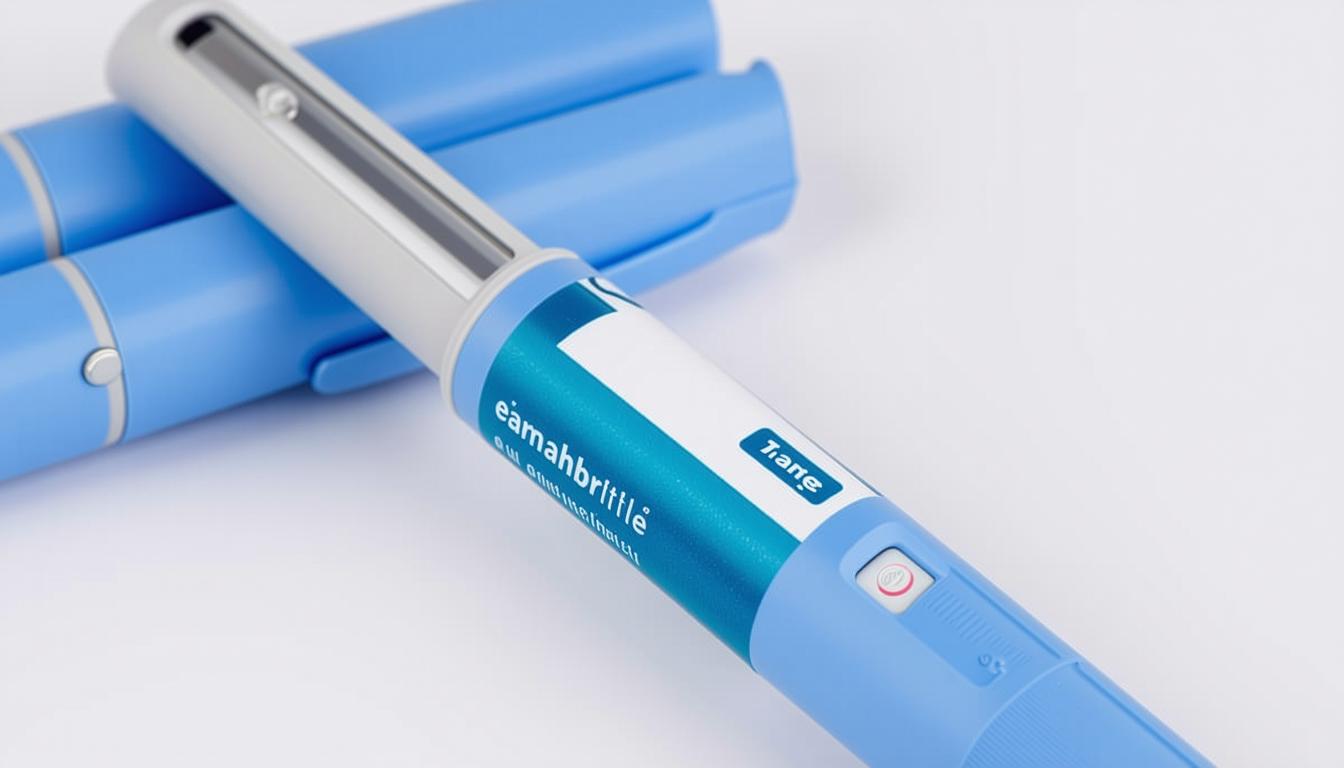Mark A. Mahoney | Guest Contributor
Stay informed and proactive: An in-depth exploration of prediabetes and type 2 diabetes for Diabetes Awareness Month.
Essential Insights
• Over 33% of American adults are living with prediabetes. • This condition heightens the likelihood of developing type 2 diabetes and other health issues. • Adopting healthier habits can significantly reduce your risk of type 2 diabetes.
Understanding Prediabetes
Prediabetes occurs when blood sugar levels are elevated but not yet high enough to be classified as type 2 diabetes. Alarmingly, nearly 90% of individuals with prediabetes are unaware of their condition. This significantly increases the risk of progressing to type 2 diabetes and other severe health complications.
Prediabetes can persist for years without noticeable symptoms, often remaining undiagnosed until more serious health issues arise. If you have risk factors, consider discussing blood sugar testing with your healthcare provider:
- Excess body weight
- Age 45 or older
- Family history of type 2 diabetes
- Physical inactivity (less than three times a week)
- History of gestational diabetes
- Delivering a baby over 9 pounds
- Polycystic ovary syndrome
Ethnic background also plays a role. African American, Hispanic/Latino American, American Indian, Alaska Native, Pacific Islander, and some Asian American populations face higher risks.
Testing for Prediabetes
A simple blood sugar test can determine if you have prediabetes. Consult your doctor to see if testing is appropriate for you.
Causes of Prediabetes
Insulin, a hormone, facilitates the entry of blood sugar into cells for energy. In prediabetes, cells don’t respond effectively to insulin, prompting the pancreas to produce more. Eventually, the pancreas can’t keep up, leading to elevated blood sugar levels, setting the stage for prediabetes and potentially type 2 diabetes.
Reducing Type 2 Diabetes Risk
If diagnosed with prediabetes, you can lower your risk of type 2 diabetes by: • Shedding a modest amount of weight if overweight. • Engaging in regular physical activity.
Losing 5% to 7% of your body weight can make a difference. For a 200-pound individual, that’s about 10 to 14 pounds. Aim for at least 150 minutes of brisk walking or similar exercise weekly, which breaks down to 30 minutes a day, five days a week.
Diabetes Management
Upon a diabetes diagnosis, there are key facts and recommended actions to consider.
Diabetes, Heart Disease, and Stroke Connection
Adults with diabetes face double the risk of dying from heart disease or stroke compared to those without diabetes. The longer you have diabetes, the greater the likelihood of developing heart disease. Over time, high blood sugar can damage blood vessels and the nerves controlling your heart.
Reducing Heart Attack or Stroke Risk for Diabetics
Managing your diabetes is crucial for heart health. You can lower your risk of heart attack or stroke by taking steps to manage your diabetes and maintain healthy blood vessels.
Understanding Diabetes ABCs
Familiarizing yourself with diabetes ABCs helps manage blood glucose, blood pressure, and cholesterol. Quitting smoking is also vital to reduce heart disease risk.
A is for the A1C test. This test shows your average blood glucose over the past three months, differing from daily checks. Higher A1C levels indicate higher blood glucose, which can harm your heart, blood vessels, kidneys, feet, and eyes.
The A1C target for many is below 7 percent, though some may benefit from a slightly higher goal. Consult your healthcare provider for personalized advice.
B is for blood pressure. Blood pressure measures the force of blood against vessel walls. High blood pressure strains the heart and can lead to heart attack, stroke, and kidney or eye damage.
The typical blood pressure goal for diabetics is below 140/90 mm Hg. Discuss your target with your doctor.
C is for cholesterol. Blood contains LDL (bad) and HDL (good) cholesterol. LDL can clog vessels, increasing heart attack or stroke risk. HDL helps remove LDL from the bloodstream. S is for stop smoking. Smoking and diabetes both narrow blood vessels, making the heart work harder.
Adopting Healthy Lifestyle Habits
Embracing or maintaining healthy habits can aid in diabetes management and heart disease prevention.
• Adhere to a nutritious eating plan. • Incorporate physical activity into your routine. • Achieve or maintain a healthy weight. • Ensure adequate sleep.
Managing Stress
Living with diabetes can be challenging, often leading to stress, sadness, or frustration. While you may know how to stay healthy, sticking to a plan can be difficult.
Chronic stress can elevate blood glucose and blood pressure, but stress-reduction techniques can help. Consider deep breathing, gardening, walking, yoga, meditation, hobbies, or listening to music. Explore other healthy stress management methods.
Medications for Heart Protection
Medications may play a crucial role in your treatment plan. Your doctor will tailor prescriptions to your needs, potentially helping you:
- Achieve A1C, blood pressure, and cholesterol targets.
- Lower the risk of blood clots, heart attack, or stroke.
- Address angina or chest pain, often a heart disease symptom. (Angina can also signal an impending heart attack.)
By gaining a deeper understanding of prediabetes and diabetes, you can take proactive steps in prevention and management. Knowledge, when applied, empowers us to tackle this chronic condition.
Additional Resources
Visit the CDC’s Diabetes Translation Center for guidance on preventing or delaying diabetes-related health issues at cdc.gov.
Explore a recent CDC summary: Nearly a third of U.S. teens have prediabetes, CDC says | STAT
Mark A. Mahoney, Ph.D., a Registered Dietitian/Nutritionist for nearly 40 years, completed graduate studies in Nutrition & Public Health at Columbia University. Contact him at marqos69@hotmail.com.
